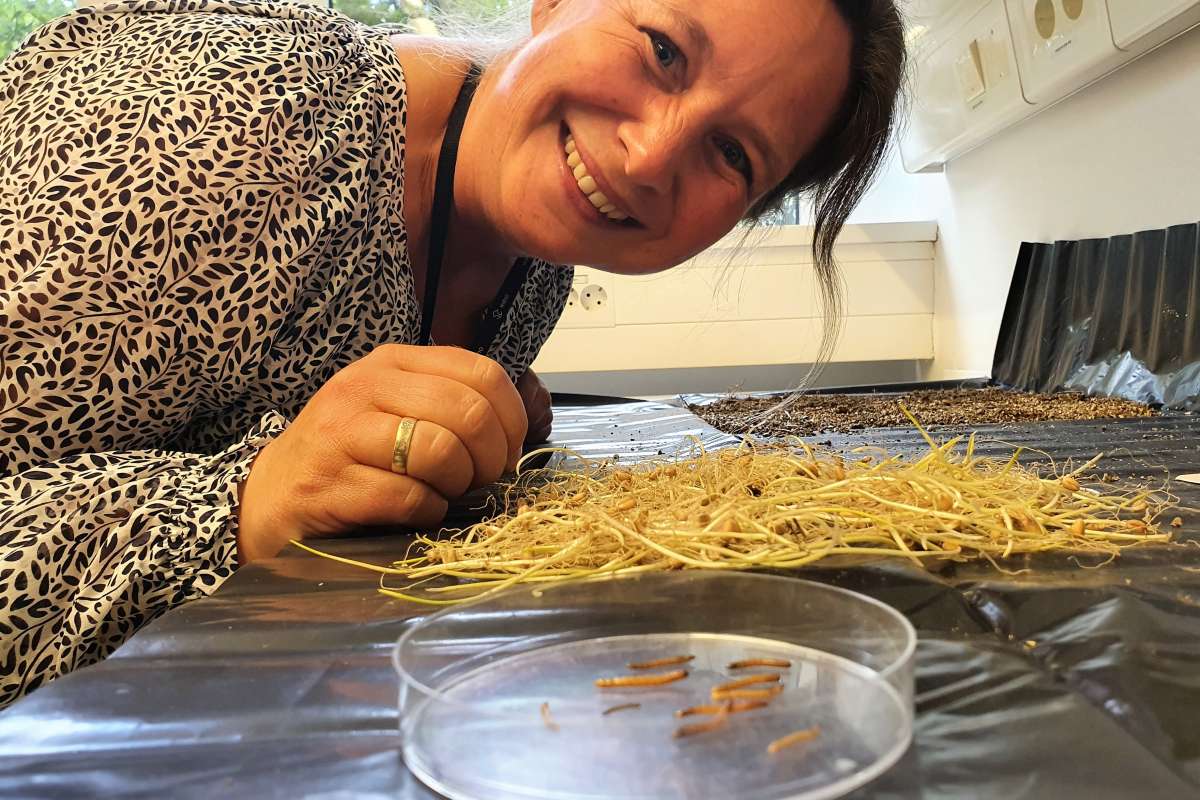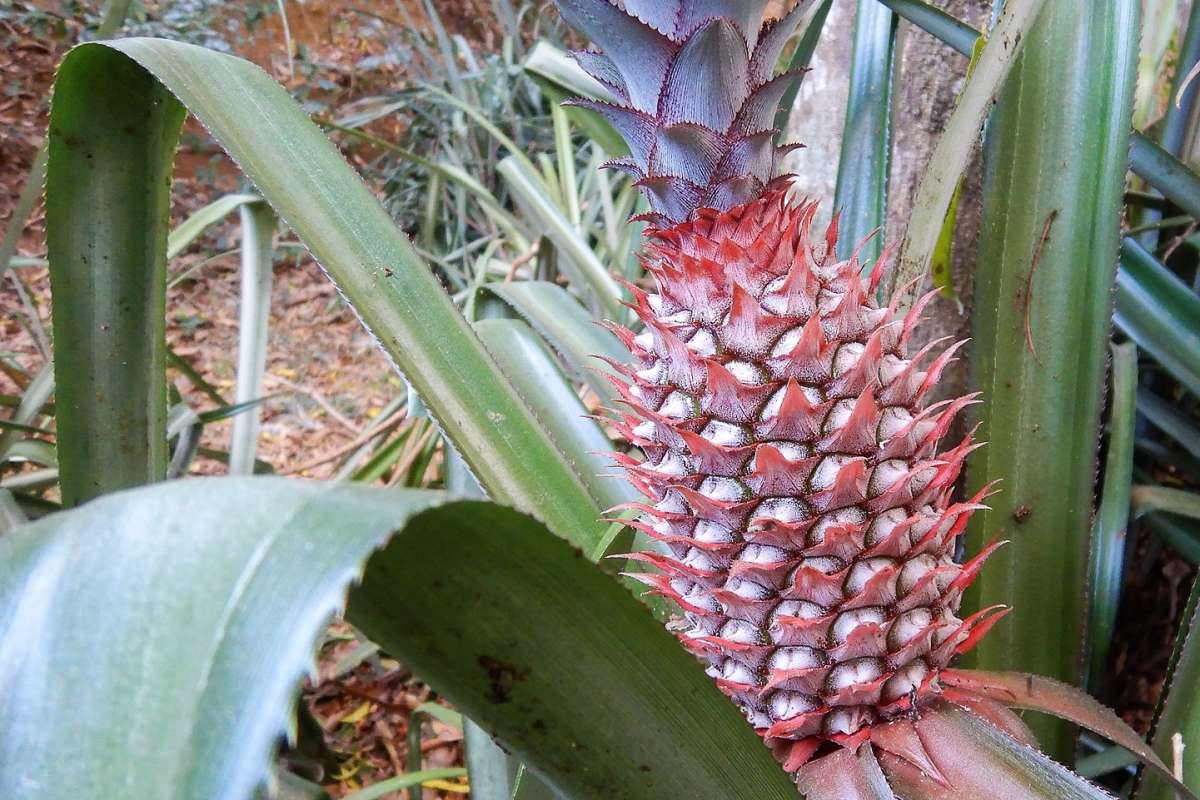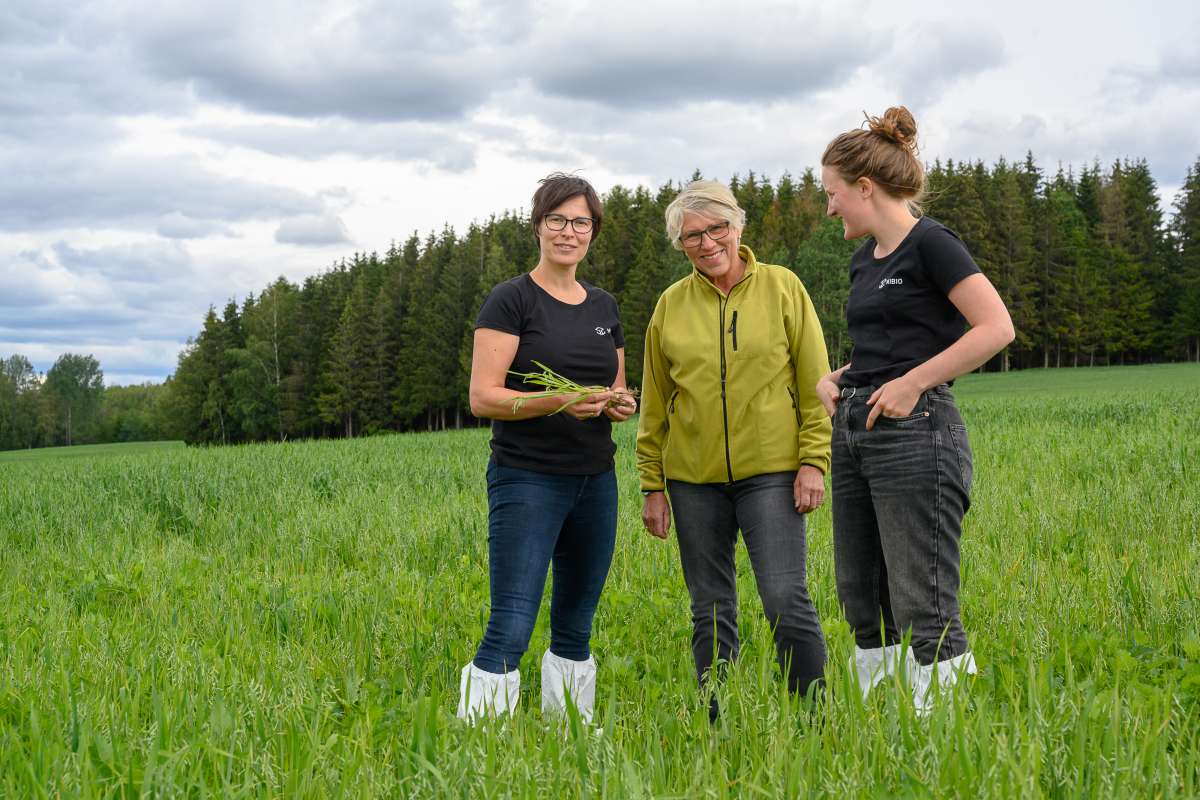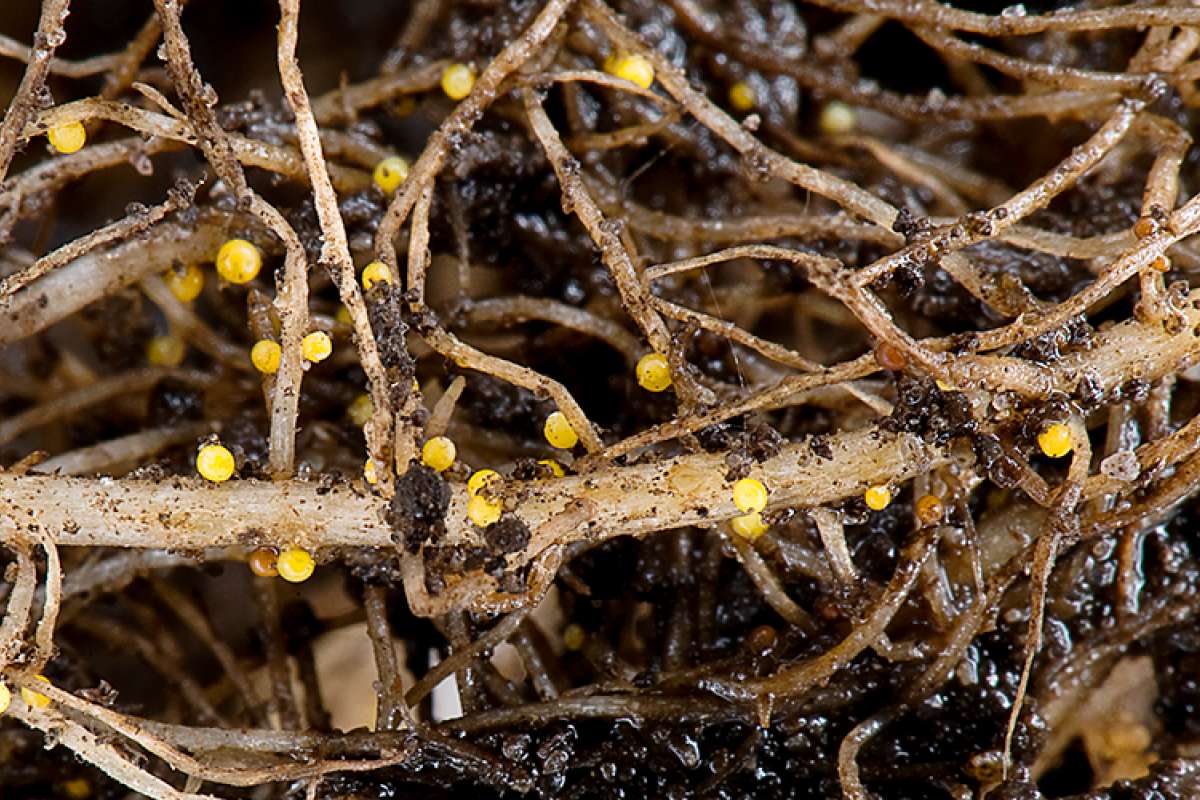Soil steaming is effective against pests in potato
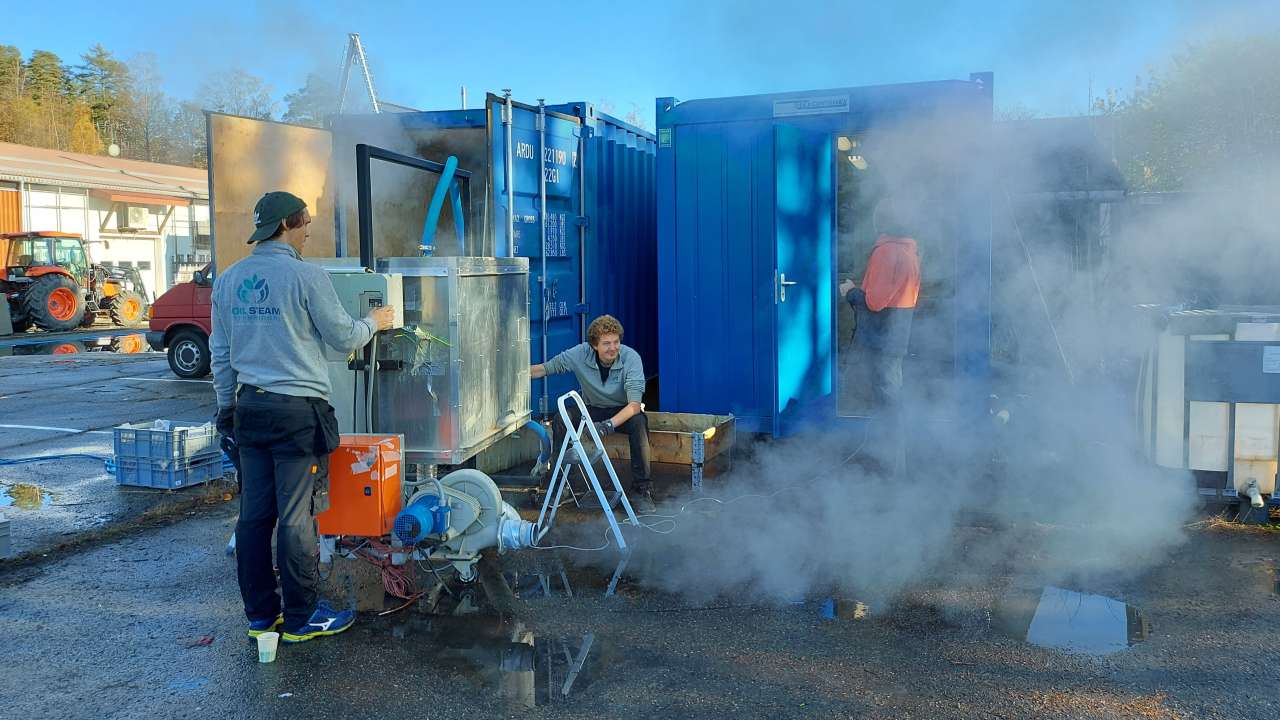
The experiment was first tested under controlled conditions. Photo: Marit Skuterud Vennatrø
Researchers from NIBIO have discovered that heat treatment using steam effectively kills the yellow potato cyst nematode in contaminated soil.
The soil is teeming with useful microorganisms, but there are also organisms that attack agricultural crops, affecting plant growth, yield, and quality. All soil that is to be moved in infrastructure projects or any other projects must be free of plant pests. One method to neutralize these pests is by steaming the soil at high temperatures. Such technology is also applicable for use on waste from the potato and onion industries to recycle biomass. In a new project, NIBIO researchers have gained a clearer picture of the temperatures and duration required to neutralize different types of pests.
Dies at 70 °C for three minutes
One of the plant pests found in Norway is the yellow potato cyst nematode (PCN) (Globodera rostochiensis).
This nematode attacks the roots of potatoes, is incredibly resilient, has significant spreading potential, and is challenging to combat. The researchers from NIBIO tested the Ro1 strain of this species.
“There is commercially available technology for soil purification, and we have tested SoilSaver from SoilSteam. This is a machine built in a container. The soil is fed in before being treated and sterilized in hot steam”, says NIBIO researcher Marit Skuterud Vennatrø.
“Prior to the experiment with SoilSaver, we steamed weeds, fungi, and PCN in soil under controlled conditions. For PCN, we tested both direct survival and infection potential. The results show that the different species involved in the experiment require different temperatures to die. Yellow PCN of the Ro1 strain must be exposed to at least 70 oC for three minutes, while white PCN (Globodera pallida) probably needs a slightly higher temperature. For this species, we still do not have clear data. After testing under controlled conditions, we also tested yellow PCN in the SoilSaver full-scale machine, and the results were the same as during the laboratory treatment: the yellow potato cyst nematode dies when exposed to high-temperature steam over time.”
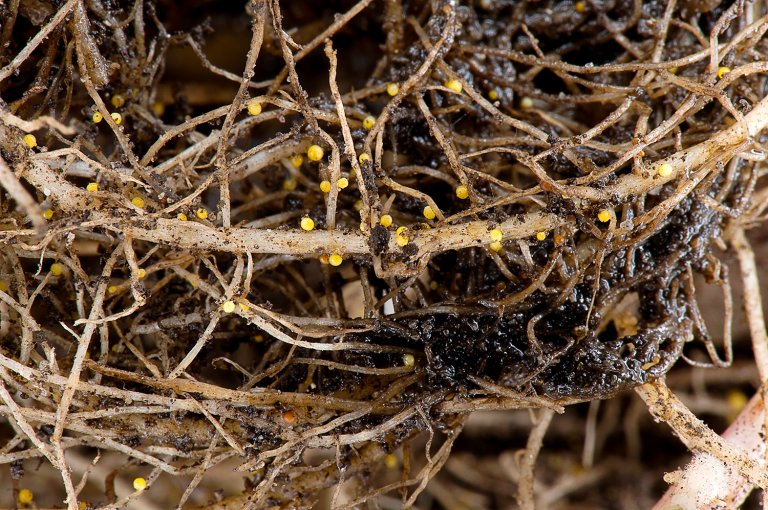
Not for infected fields
Although stationary machines like SoilSaver work well, they are no savior for already infected fields.
“In the field, the conditions for treatment would be entirely different than in a stationary machine like SoilSaver. One would potentially have to use a self-propelled or tractor-driven machine, and we would have to conduct our own experiments to test the effect here”, continues the NIBIO researcher.
“Fields infected with white PCN are quarantined for 40 years. On these fields, it is neither allowed to cultivate nor remove soil. It is common to turn these areas into long-term meadows”, Skuterud Vennatrø continues.
Everything dies – but resurrects
Machines like SoilSaver are intended for use on excavated soil where unwanted plant pests have been identified so that the soil can be reused. In the steaming process, different organisms die at different temperatures.
“Some die already at 60 oC, but others can survive temperatures up to 100 oC. In such a process, most beneficial organisms will also die. It is relatively easy to revive the soil with the addition of other soil or compost. Thus, the soil will function well biologically, and relatively quickly. The alternative is often manufactured soil consisting only of subsoil and compost, which also lacks any natural soil life”, says NIBIO researcher Erik Joner, who has examined soil health after the experiments.
“SoilSaver does not kill present soil life and is thus a sustainable process. Soil steaming has no chemically obvious effects, other than a certain release of nutrients bound in soil organisms. Depending on the type of soil treated and the conditions when treated, the steaming process may lead to the soil becoming compacted and losing some structure”, Joner concludes.
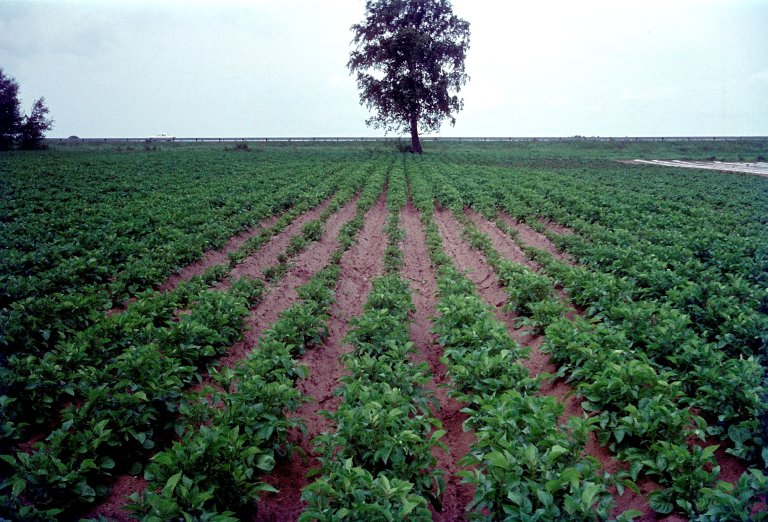
Contacts

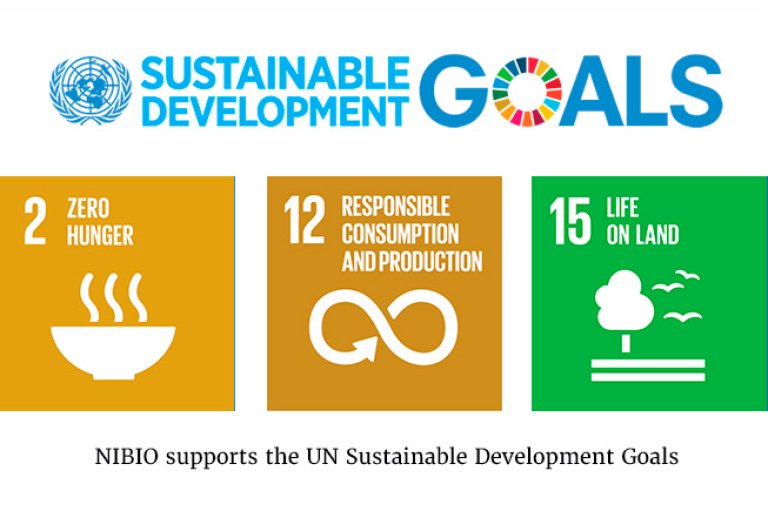
Facts
Nematodes, or roundworms, are microscopic animals that live in all ecosystems. Many of them are plant parasites, and one of these is the potato cyst nematode (PCN) - a feared pest. The nematode comes from the Andes Mountains in South America and was introduced to Europe in the mid-1800s. In Norway, it was first discovered in 1955 and is now present in all potato districts north to Trøndelag.
The larvae hatch from eggs only when they receive chemical signals from the roots of the host plant. The larvae penetrate the roots and establish nutrient uptake inside the root. After a while, the female swells into a white or yellow "ball" filled with eggs. Towards the end of the season, the female dies and turns into a cyst that falls off the root. The cyst can contain up to 400 eggs that will remain in the cyst until a new host plant causes them to hatch.
PCN can survive in the soil for over 30 years without host plants and easily spreads in contaminated soil. In Norway, we have two species of PCN: the most common is the yellow potato cyst nematode (Globodera rostochiensis). The discovery of this species entails numerous restrictions, but potato cultivation is still allowed. It is considerably worse if the other species is detected: the white potato cyst nematode (Globodera pallida). Both species are defined as global quarantine pests. The discovery of the white potato cyst nematode results in a 40-year quarantine on the affected field.
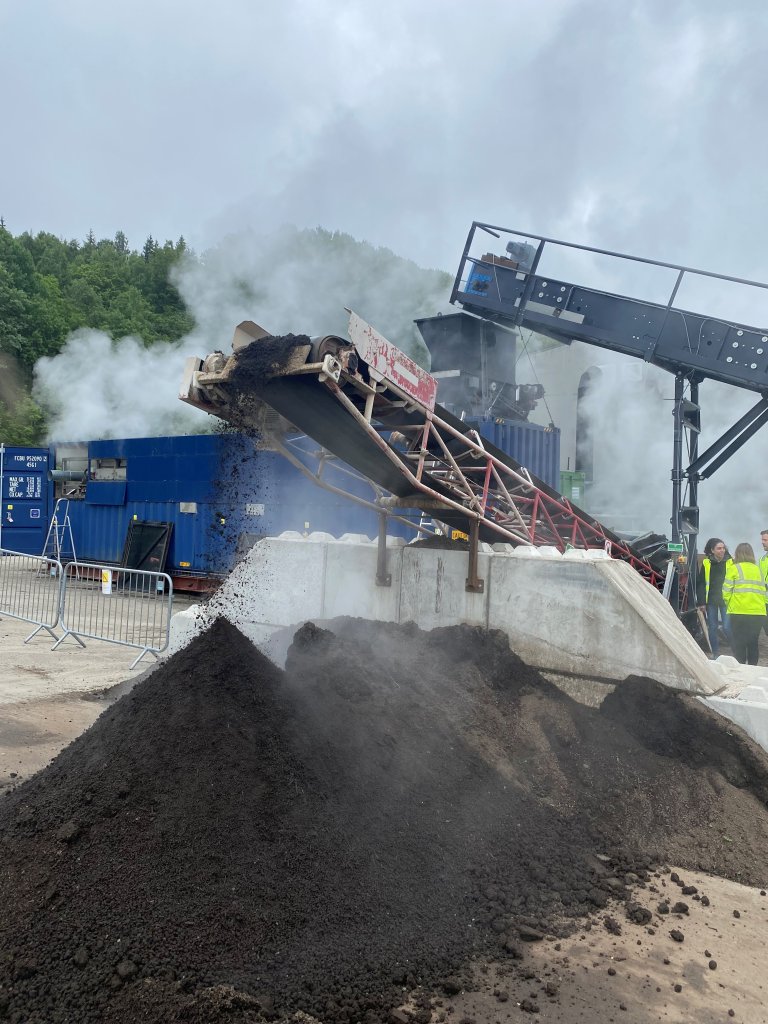
Contacts


